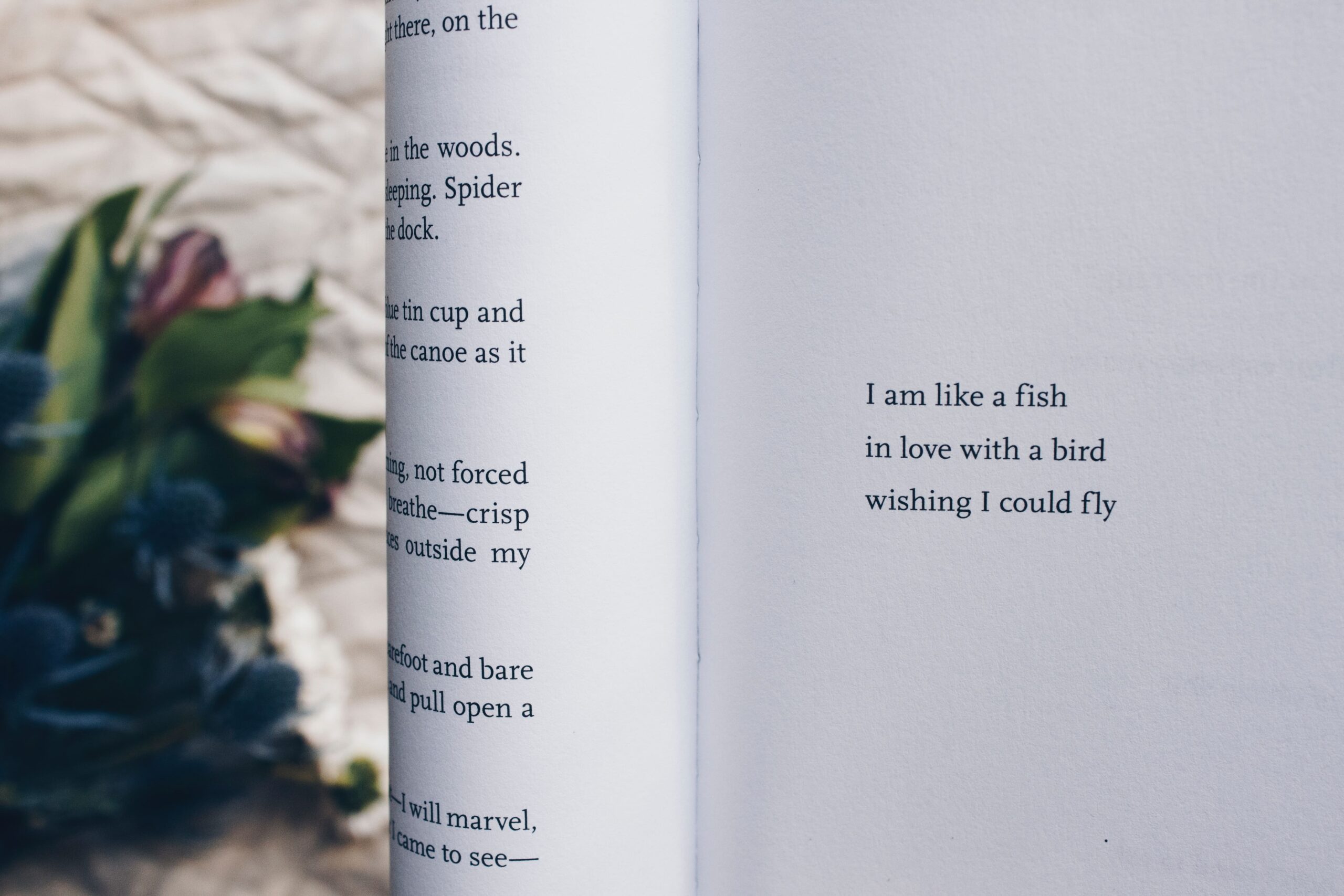There are certain rules that must be followed while writing poetry. It is a subjective form of art, which gives authors the freedom to express their feelings in many ways. Some are traditional, while a few others are innovative and modern. Poems don’t need to rhyme and they don’t have to follow any particular style or structure.
Despite this, most of the poems possess some key characteristics. These are the choices that can vary from poem to poem. Some of the essential characteristics of poetry are as explained below:
1. Figures of Speech
The figurative language or figures of speech are ways, by which, things are explained in a non-literal manner. For instance, a metaphor describes a particular thing by linking it to something else. Let’s say, “His touch was a lightning strike”. Here, the author doesn’t mean to say that the touch was a lightning strike in the literal sense. It rather means that the touch produced feelings of heightened excitement and emotions.
Another example of figures of speech is hyperbole. It is used frequently for a humorous exaggeration, which usually provides hints of a larger truth. Here, let’s say, “He ran faster than the wind”. In this sentence, the author means to say that the person in question ran at his fastest speed.
2. Format and Punctuation
The punctuation and format are all about how a poem is arranged on the page. It is also about how the author wants you to read the poem. If the poem contains short stanzas and frequent line breaks, you’re compelled to read it in a certain rhythm.
You’ll read the poem in a different rhythm if it is arranged in longer stanzas and fewer line breaks. In order to understand this even better, you must try reading the poem aloud. This would help you gauge the impact of the format.
3. Imagery
Imagery is a description of what the author witnesses, hear, or senses. It can be something that exists in his or her mind or can be real. Imagery needs to be something concrete, such as sight, sound, taste, or smell. Visual imagery describes what the author sees. This is the most common type of imagery used in poetry. It creates a picture, which the listener or reader can see in his or her mind.
4. Sound and Tone
Authors of poems use various tones and sounds throughout the poetry. This is done to change the way it sounds. For example, the author may use alliteration. This is when many consecutive words begin with the same letter. Here, the author may write, “Pretty pugs prance playfully on the promenade”.
The author may choose his or her letters to give a sharp or soft sound to the poem. For instance, using words with soft consonants like m, f, and w produces a certain sound. The sound would be entirely different when hard consonants like k, d, and z are used.
5. Meter choices
Meter refers to a poem’s rhythm or pattern of speech with which a reader reads it. This doesn’t happen by accident, as authors use different meters to produce different rhythms. They have some technical names like spondaic heptameter and iambic pentameter. These names act as measurements for poems. The rhythm and meter of a poem can be broken down and analyzed with the help of these measurements.

